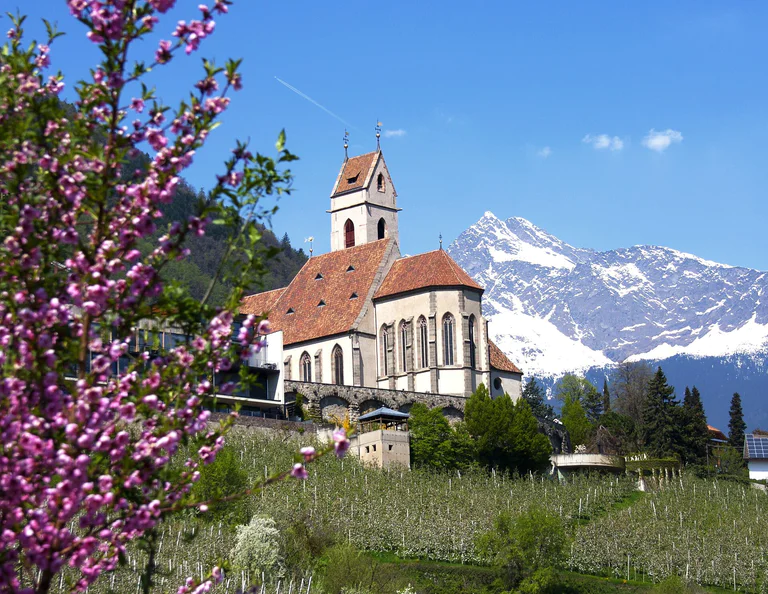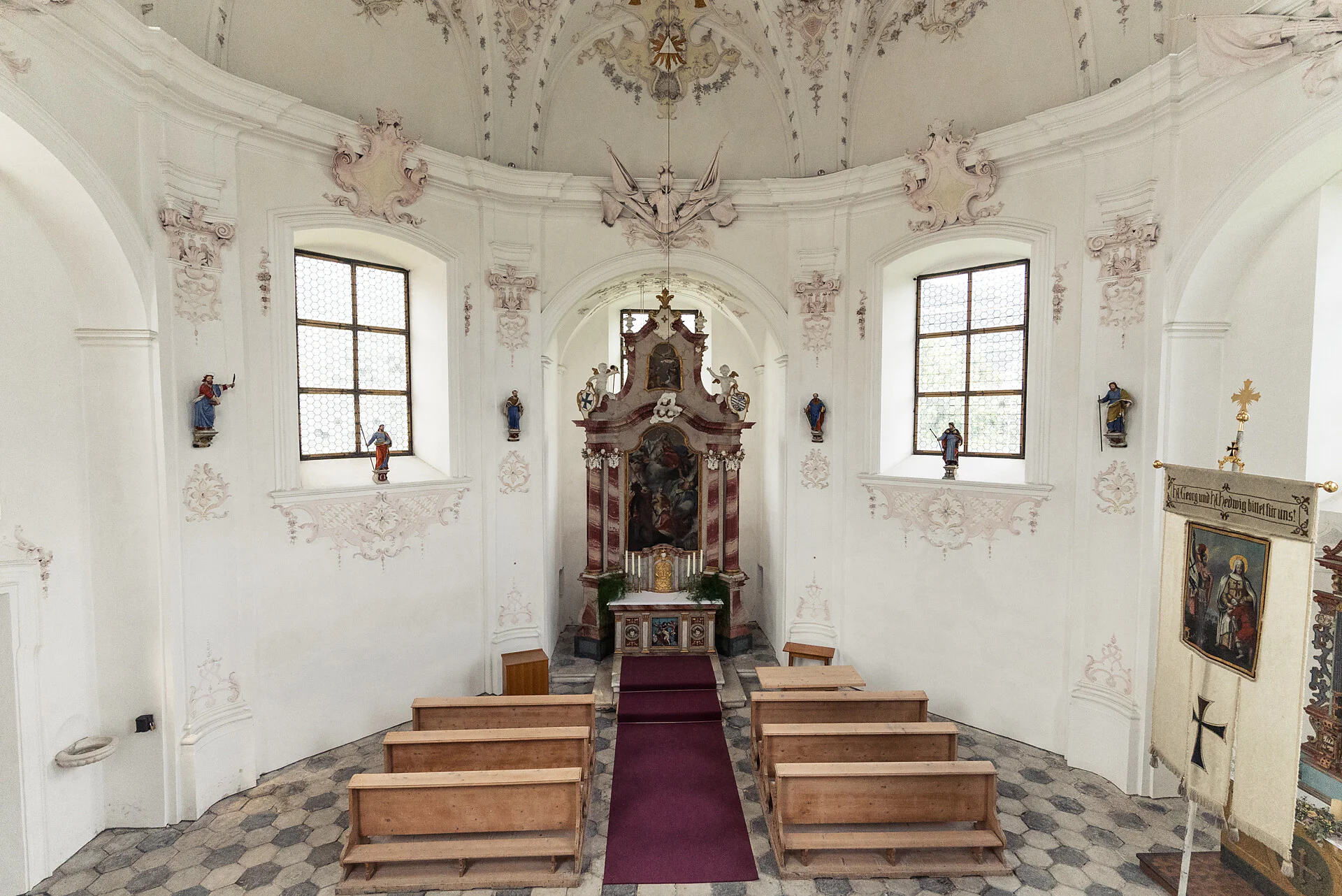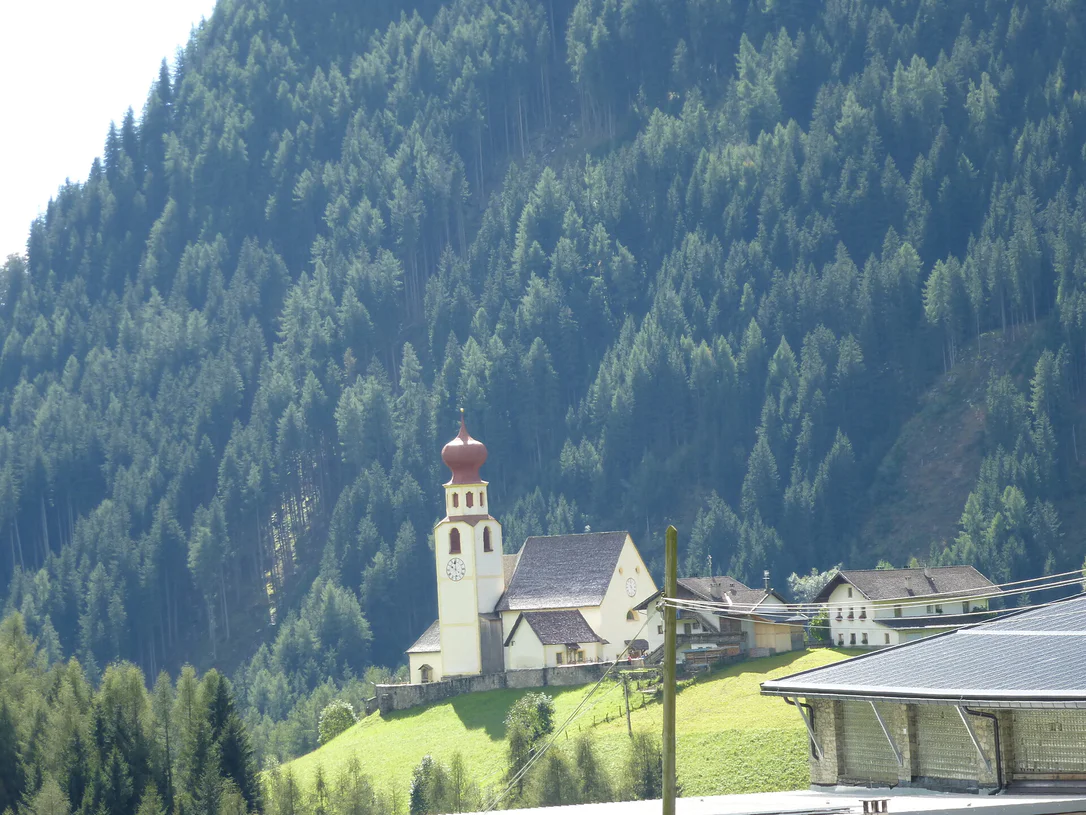The succursal church of St. Ägidius in Raas is a late-Gothic building, and was completed by the constructor Thomas Maurer in 1532. The neo-Gothic interior mostly dates from around 1880. On the high altar, one can see St. Ägidius, the patron of the church and the protector of viticulture. In Raas, the now rare custom of the bread donation and bread distribution is still practised on the day of the church patron in September.



















































































